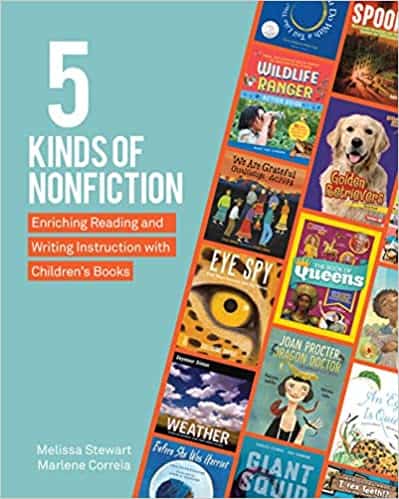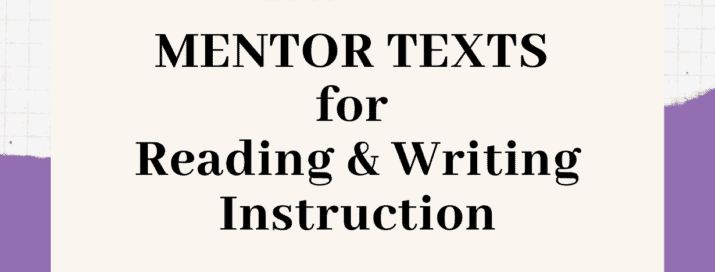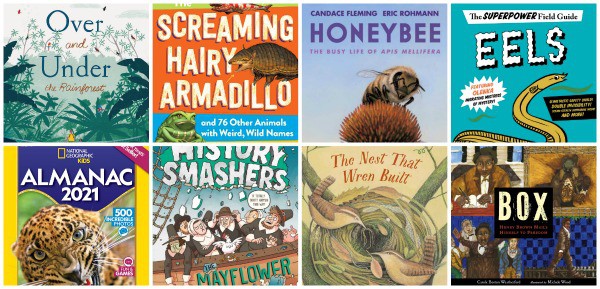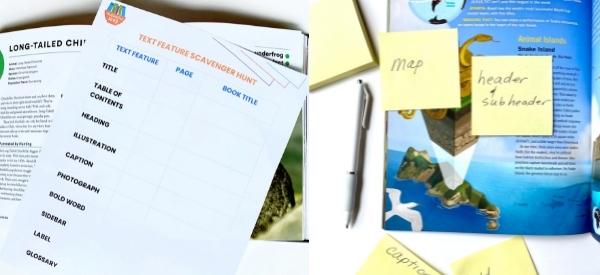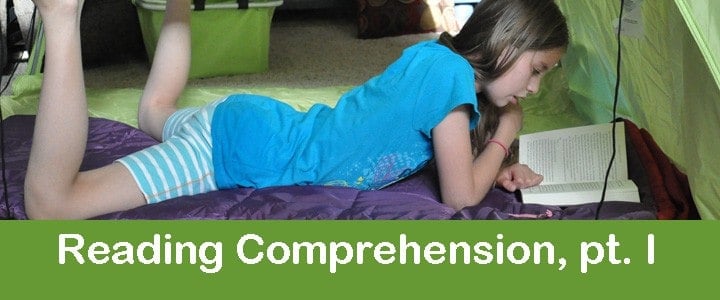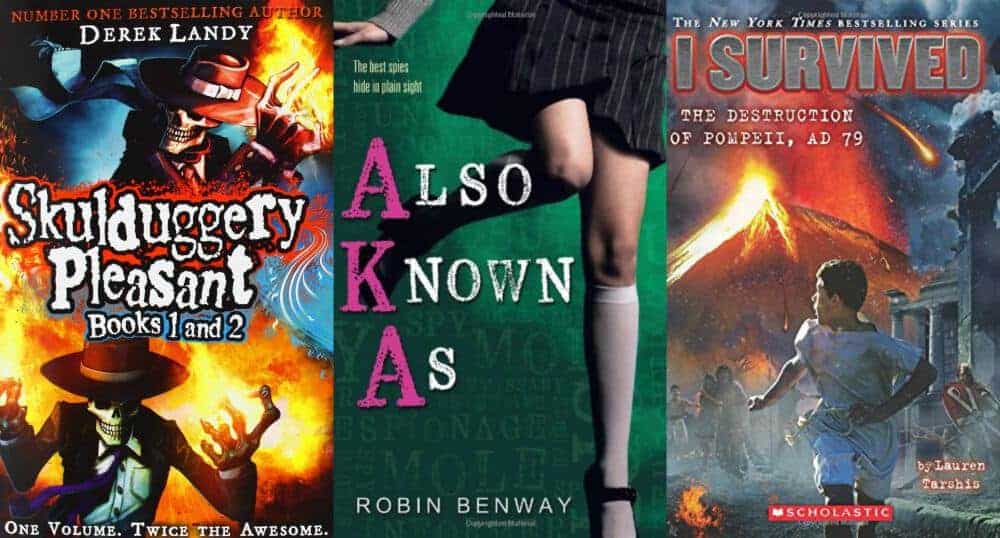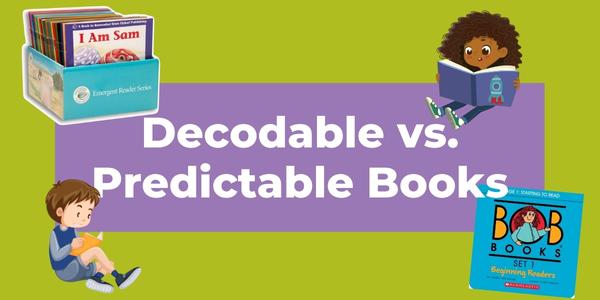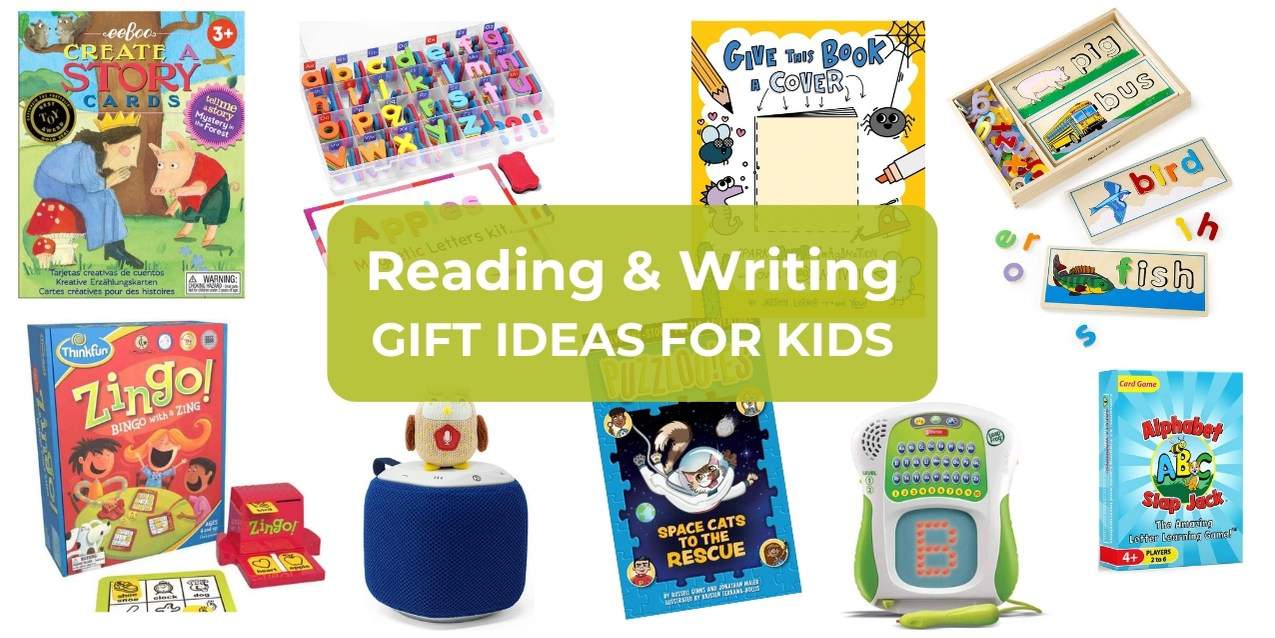5 Kinds of Nonfiction: a PD Book for Teachers & Librarians
This post may contain affiliate links.
If you’re a teacher, librarian, homeschooler, or interested parent, READ THIS BOOK NEXT–> 5 Kinds of Nonfiction: Enriching Reading and Writing Instruction with Children’s Books by Melissa Stewart and Marlene Correia.
It’s a game-changer for how we understand, teach, and use nonfiction with our students.
5 Kinds of Nonfiction by Melissa Stewart & Marlene Correia
Before I elaborate on the book, let me ask you a few questions…
- In your own reading life, do you prefer nonfiction or fiction?
- In your work with students, do you read aloud nonfiction books? How about do you have a balance of fiction and nonfiction available?
I’m asking you because often (not always) we forget that not only is nonfiction important to include (50% of the time?) in our instruction, read alouds, and bookshelves, but also that kids really like to read it. More on that in a second…
If you’re a fiction fan like me, just be aware of your bias. That awareness helps as we dive into this professional development book and then, take action in our classrooms or libraries. The authors will ask you about this as well in chapter 3.
If like me, you use something like the QRI reading assessment for both expository and narrative reading comprehension, you’ve already noticed that is often a big gap between many students’ comprehension of narrative versus expository text. And you’re probably already working hard to close this gap and intentionally teaching nonfiction like a badass. Go, you!! You’ll still love everything about this book. Keep reading… 🙂
Why We Need More Nonfiction
MANY KIDS PREFER NONFICTION
The authors cite a study from 2017 by Replaskey, Schumm, and Johnson that showed the reading preferences of elementary readers:
42% expository
33% both
24% narrative
Wait.
What?
Did you know this?
Do you know what your students prefer?
NONFICTION MOTIVATES READING
For students who prefer nonfiction, access to quality nonfiction books motivates more reading! (Cambria and Guthrie 2010, and others — see chapter 3 for all the citations.)
IT BUILDS CONTENT KNOWLEDGE
Reading nonfiction about the world increases knowledge and background knowledge for other reading.
PREPARES STUDENTS
Since standardized tests persist, a child’s skills with comprehending expository nonfiction will help with testing.
In addition, it also helps students read for information in middle and high school when reading fiction isn’t as common.
The 5 Kinds of Nonfiction
Melissa Stewart is a nonfiction children’s book writer who took time off from writing to research the different branches of nonfiction writing resulting in these five categories. All of these categories are expository writing except for narrative nonfiction.

The goal of these categories is so that we can find the best books for specific purposes — general enjoyment, specific research, craft moves, etc.
1. Active
Active nonfiction is interactive books such as field guides, craft books, cookbooks, and other books that teach something or share procedures and information in an accessible way.
Example: Code This by Jennifer Szymanski
2. Browseable
These are books with eye-catching designs and short blocks of text that allow kids to skip around and not necessarily read cover to cover.
Example: National Geographic Almanac 2022
3. Traditional
Often these kinds of books in series and cover a large breadth about a specific subject with “straightforward, age-appropriate explanations.“
Example: Coral Reefs by Gail Gibbons
4. Expository Literature
These are the award-winning books that stand out as exceptional with literary writing that might have a strong voice, engaging word choice, innovative formats, and interesting text structure.
Example: We Are Grateful: Otsaliheliga by Traci Sorell
5. Narrative
Narrative nonfiction “tells a story” generally with real characters and settings, narrative scenes, and a narrative arc.
Example: Joan Proctor, Dragon Doctor by Patricia Valdez
What Else You’ll Learn in This Book
APPLICATION
The authors provide many, many activities and lesson plans to do with students starting with classifying types of nonfiction and ideas for evaluating texts, using nonfiction books as mentor texts for specific craft lessons, teaching text features and formats, and much more.
They also give you teaching suggestions– from book talks to book clubs– and teaching tips like nonfiction read-aloud tips and book display tips.
I found invaluable inspiration in every chapter. You will, too.
BOOK EXAMPLES
You know I love a good book list and since you’re a reader of Imagination Soup, you probably do, too. You are going to find new and familiar book ideas that you can use with students today.
RESEARCH
They book if well-researched and citations abound.
BACK MATTER RESOURCES
To finish off strong, the authors include resources and reproducibles that support all of the information in the book.
I read this book cover to cover — it’s the most important, well-written professional development book that I’ve read in years; sure to inspire and transform classrooms and libraries for the better.
Let me know what you think, too!
Will you be ordering this book?
My own next steps:
I’m rethinking my nonfiction lists already — and will be reviewing them all to see if I’m balanced with all five types of nonfiction.
Also, I’m going to add nonfiction books to my mentor book lists as soon as possible.
Nonfiction Books Lists by Age on Imagination Soup:
Ages 2 – 5
Ages 5 – 6 (Kindergarten and 1st Grade)
Age 7 (2nd Grade)
Age 8 (3rd Grade)
Age 9 (4th Grade)
Age 10 (5th Grade)
Age 11 (6th Grade)
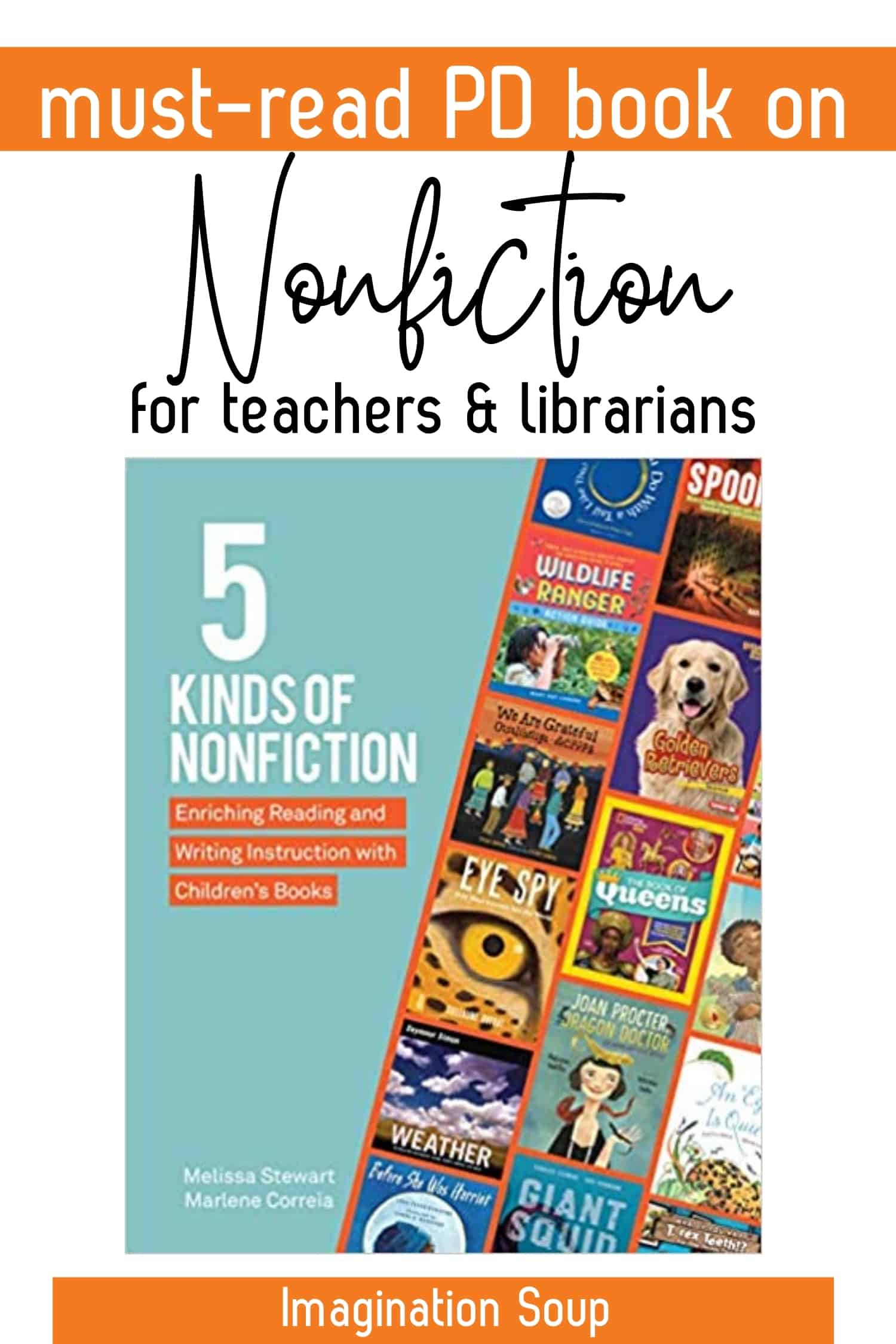
KEEP READING

